Metal powders are revolutionizing various industries, offering versatility, efficiency, and precision in manufacturing processes. From aerospace to automotive, and from medical implants to consumer electronics, metal powders play a crucial role. In this comprehensive guide, we’ll delve deep into the world of quality metal powders, exploring their types, compositions, properties, applications, specifications, suppliers, and more.
Overview of Quality Metal Powder
Quality metal powders are finely ground metals used in various manufacturing and production processes. Their applications span across several industries due to their unique properties, such as high surface area, excellent flow characteristics, and the ability to create intricate shapes with high precision.
Detalles clave
- Definición: Metal powders are finely divided metals produced through various processes.
- SOLICITUDES: Widely used in additive manufacturing, metallurgy, electronics, automotive, aerospace, and medical industries.
- Propiedades: High purity, excellent flowability, controlled particle size distribution, high surface area.
Types and Models of Quality Metal Powder
There are several types of metal powders, each with unique properties and applications. Here, we’ll explore ten specific models, providing detailed descriptions for each.
1. Polvo de aluminio
Aluminum powder is known for its lightweight and high corrosion resistance. It’s used extensively in aerospace and automotive industries.
2. Polvo de titanio
Titanium powder is prized for its high strength-to-weight ratio and biocompatibility, making it ideal for aerospace components and medical implants.
3. Stainless Steel Powder
Stainless steel powder offers excellent corrosion resistance and strength, commonly used in additive manufacturing for complex parts.
4. Polvo de cobre
Copper powder is highly conductive and is widely used in electronics and electrical applications.
5. Níquel en polvo
Nickel powder provides high resistance to corrosion and oxidation, suitable for superalloys and high-temperature applications.
6. Iron Powder
Iron powder is cost-effective and versatile, used in various industries for components, magnetic materials, and chemical applications.
7. Cobalt-Chromium Powder
Cobalt-chromium powder is known for its wear resistance and strength at high temperatures, used in dental and orthopedic implants.
8. Tungsten Powder
Tungsten powder is extremely dense and has a high melting point, ideal for applications requiring high temperature and wear resistance.
9. Magnesio en polvo
Magnesium powder is lightweight with good strength, commonly used in automotive and aerospace applications.
10. Bronze Powder
Bronze powder, an alloy of copper and tin, is used for its excellent wear resistance and friction properties in bearings and bushings.
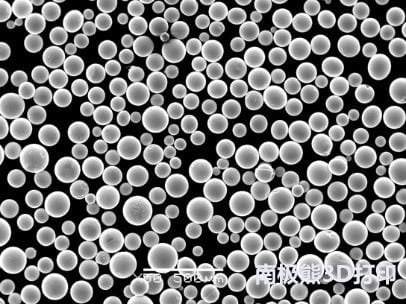
Composición de Polvo metálico de calidad
Understanding the composition of metal powders is crucial for selecting the right type for specific applications. Here, we’ll look at the primary components and their effects on the powder’s properties.
| Polvo metálico | Composición | Propiedades |
|---|---|---|
| Aluminio | Aluminum (Al), trace elements | Lightweight, corrosion-resistant |
| Titanio | Titanium (Ti), trace elements | High strength, biocompatible |
| Acero Inoxidable | Hierro (Fe), Cromo (Cr), Níquel (Ni), Molibdeno (Mo) | Resistente a la corrosión, fuerte |
| Cobre | Copper (Cu), trace elements | High conductivity |
| Níquel | Nickel (Ni), trace elements | Corrosion and oxidation-resistant |
| Hierro | Iron (Fe), Carbon (C), trace elements | Versatile, magnetic properties |
| Cobalto-Cromo | Cobalto (Co), Cromo (Cr), Molibdeno (Mo) | Resistente al desgaste y a altas temperaturas |
| Tungsteno | Tungsten (W), trace elements | Alta densidad, alto punto de fusión |
| Magnesio | Magnesium (Mg), trace elements | Ligero, resistente |
| Bronce | Copper (Cu), Tin (Sn) | Wear-resistant, good friction properties |
Characteristics of Quality Metal Powder
Metal powders possess unique characteristics that determine their suitability for various applications. Here are some of the essential characteristics to consider:
- Distribución de granulometría: Afecta a la fluidez y a la densidad de empaquetamiento.
- Forma: Spherical particles offer better flowability, while irregular shapes may provide higher surface area.
- Pureza: Higher purity powders ensure better performance and fewer defects.
- Fluidez: Crucial for processes like additive manufacturing and powder metallurgy.
- Superficie de Área: Higher surface area can enhance reactivity and sintering.
Applications of Quality Metal Powder
Metal powders are used in a wide range of applications. Below is a table showcasing some of the primary uses of different metal powders.
| Polvo metálico | SOLICITUDES |
|---|---|
| Aluminio | Aerospace components, automotive parts, pyrotechnics |
| Titanio | Aerospace parts, medical implants, sports equipment |
| Acero Inoxidable | Additive manufacturing, automotive parts, kitchenware |
| Cobre | Electrical components, heat exchangers, electronics |
| Níquel | Superalloys, batteries, catalysts |
| Hierro | Magnetic materials, automotive parts, construction |
| Cobalto-Cromo | Implantes dentales, implantes ortopédicos, álabes de turbina |
| Tungsteno | High-temperature applications, electrical contacts |
| Magnesio | Automotive parts, aerospace components, fireworks |
| Bronce | Bearings, bushings, decorative items |
Especificaciones, tamaños, calidades y normas
Metal powders come in various specifications, sizes, and grades, adhering to industry standards to ensure quality and performance.
| Polvo metálico | Rango de tamaños | Grados | Normas |
|---|---|---|---|
| Aluminio | 10-100 micras | 1100, 6061 | ASTM B928, ISO 209 |
| Titanio | 15-150 micrones | Grade 1, Grade 5 | ASTM B348, ISO 5832 |
| Acero Inoxidable | 20-200 micras | 316L, 304 | ASTM A276, ISO 5832 |
| Cobre | 10-80 microns | ETP, OFHC | ASTM B170, ISO 431 |
| Níquel | 15-100 microns | Ni 200, Ni 201 | ASTM B160, ISO 5755 |
| Hierro | 20-150 microns | 1000C, 1000B | ASTM B243, ISO 11124 |
| Cobalto-Cromo | 15-150 micrones | CoCrMo, CoCrW | ASTM F1537, ISO 5832 |
| Tungsteno | 10-100 micras | W1, W2 | ASTM B760, ISO 3878 |
| Magnesio | 20-150 microns | AZ31B, AZ91D | ASTM B93, ISO 16220 |
| Bronce | 15-80 microns | C93200, C95400 | ASTM B505, ISO 431 |
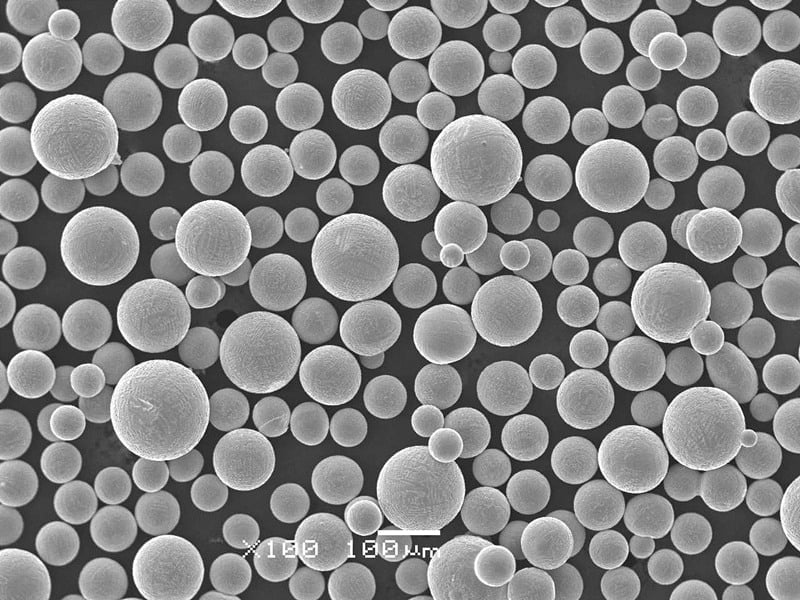
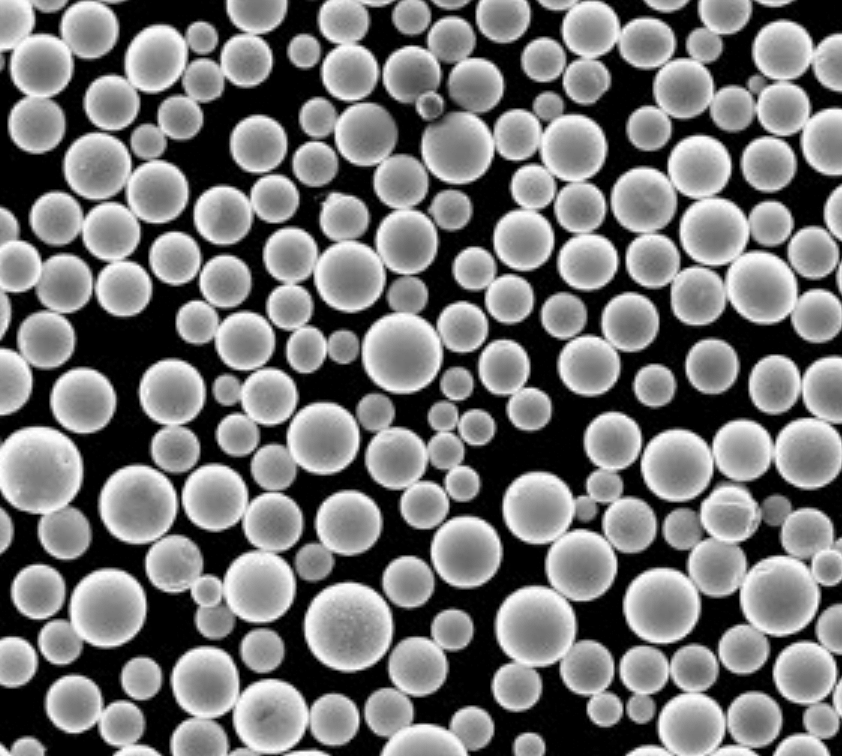

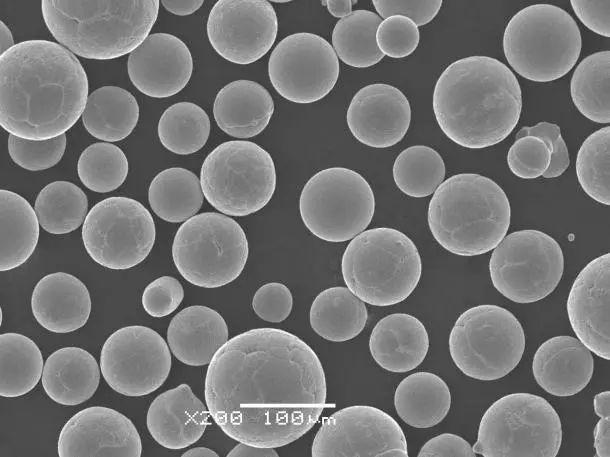
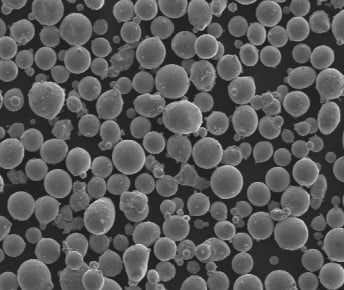
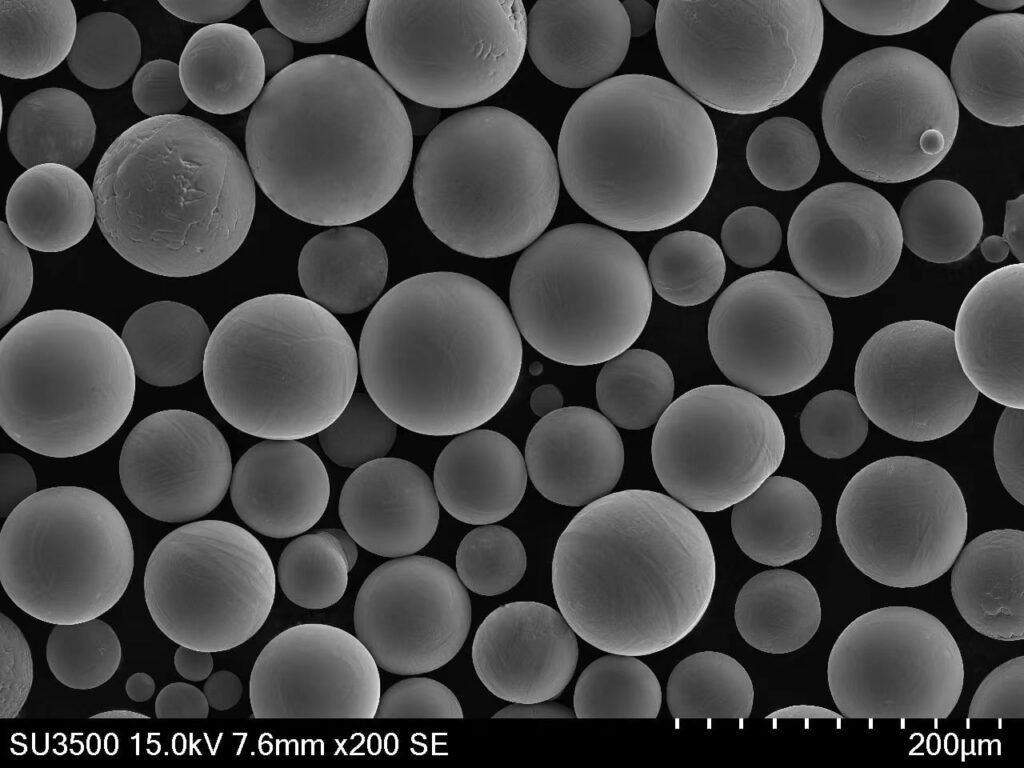
Proveedores y precios
Finding reliable suppliers and understanding pricing is essential for sourcing quality metal powders. Below is a table with some prominent suppliers and indicative pricing.
| Proveedor | Polvos metálicos | Precio (por kg) | Región |
|---|---|---|---|
| Höganäs | Hierro, acero inoxidable, cobre | $15 – $50 | Global |
| Sandvik | Titanium, Nickel, Cobalt-Chromium | $50 – $200 | Global |
| Pulvimetalurgia GKN | Aluminio, magnesio | $20 – $100 | Global |
| Tecnología Carpenter | Acero inoxidable, titanio | $30 – $150 | Global |
| Elementos americanos | Tungsten, Nickel, Copper | $40 – $250 | Norteamérica |
| Productos metálicos en polvo | Iron, Bronze, Aluminum | $10 – $60 | Norteamérica |
| Tecnología LPW | Titanio, níquel, acero inoxidable | $60 – $300 | Europa, América del Norte |
| Tecnologías de superficie Praxair | Nickel, Cobalt-Chromium | $70 – $250 | Global |
| Productos avanzados en polvo | Stainless Steel, Bronze | $20 – $80 | Norteamérica |
| Atomising Systems | Aluminum, Copper, Bronze | $15 – $90 | Europa |
Ventajas e inconvenientes de los distintos polvos metálicos
When choosing metal powders for specific applications, it’s essential to weigh the pros and cons. Here’s a comparative table highlighting the advantages and limitations of various metal powders.
| Polvo metálico | Ventajas | Limitaciones |
|---|---|---|
| Aluminio | Lightweight, corrosion-resistant | Menor resistencia en comparación con otros metales |
| Titanio | High strength-to-weight ratio,biocompatible | Caro, difícil de procesar |
| Acero Inoxidable | Resistente a la corrosión, fuerte | Heavier than other metal powders |
| Cobre | Highly conductive, excellent thermal properties | Prone to oxidation, expensive |
| Níquel | Corrosion and oxidation-resistant | Coste elevado, difícil de procesar |
| Hierro | Rentable y versátil | Prone to rust, lower corrosion resistance |
| Cobalto-Cromo | Resistente al desgaste y a altas temperaturas | Proveedores caros y limitados |
| Tungsteno | Alta densidad, alto punto de fusión | Very heavy, difficult to work with |
| Magnesio | Ligero, buena resistencia | Highly reactive, flammable |
| Bronce | Wear-resistant, good friction properties | Prone to tarnishing, less strong than pure metals |
Comparación de diferentes polvos metálicos
When selecting metal powders for specific applications, making explicit comparisons between different types is crucial. Here’s a look at how some common metal powders stack up against each other.
Aluminio frente a titanio
Aluminum is lightweight and corrosion-resistant, making it ideal for applications where weight is a concern. Titanium, however, offers a higher strength-to-weight ratio and biocompatibility, making it better suited for high-performance aerospace and medical applications.
Stainless Steel vs. Copper
Stainless steel is strong and corrosion-resistant, suitable for structural applications. Copper, on the other hand, excels in electrical and thermal conductivity, making it the go-to choice for electronics and heat exchangers.
Nickel vs. Cobalt-Chromium
Nickel is known for its corrosion and oxidation resistance, perfect for superalloys and battery applications. Cobalt-chromium, with its wear resistance and high-temperature strength, is preferred for medical implants and turbine blades.
Tungsten vs. Magnesium
Tungsten’s high density and melting point make it ideal for high-temperature and high-wear applications. Magnesium, being lightweight with good strength, is more suitable for automotive and aerospace applications where weight reduction is crucial.
Expert Opinions and Studies
Several studies and expert opinions have highlighted the benefits and applications of metal powders. For instance, research on additive manufacturing has shown that metal powders like titanium and stainless steel enable the production of complex geometries with high precision, significantly reducing waste and production time.
According to a report by MarketsandMarkets, the metal powder market is expected to grow significantly, driven by the increasing adoption of additive manufacturing across various industries. Experts also point out that advancements in powder production technologies are leading to higher quality and more affordable metal powders, expanding their applications even further.

Preguntas frecuentes
| Pregunta | Respuesta |
|---|---|
| ¿Para qué se utilizan los polvos metálicos? | Metal powders are used in additive manufacturing, powder metallurgy, electronics, automotive, aerospace, and medical industries. |
| ¿Cómo se fabrican los polvos metálicos? | Metal powders are produced through various methods such as atomization, reduction, electrolysis, and mechanical alloying. |
| ¿Qué ventajas tiene el uso de polvos metálicos? | Metal powders offer high precision, efficiency, and the ability to create complex shapes with minimal waste. |
| How do I choose the right metal powder? | Consider factors such as application, required properties, cost, and availability when choosing a metal powder. |
| Are metal powders safe to use? | Yes, but it is essential to follow safety guidelines to prevent inhalation or exposure to fine particles. |
Conclusiones
Quality metal powders are a cornerstone of modern manufacturing, enabling innovation and efficiency across various industries. By understanding the types, compositions, properties, applications, and suppliers, you can make informed decisions to leverage the full potential of metal powders in your projects.
In summary, whether you’re involved in aerospace engineering, medical device manufacturing, or electronics, metal powders offer unparalleled versatility and precision. With the right knowledge and resources, you can harness the power of these materials to push the boundaries of what’s possible in your field.
Acerca de 3DP mETAL
Categoría de productos
CONTÁCTANOS
¿Tienes alguna pregunta? ¡Envíanos un mensaje ahora! Después de recibir tu mensaje, procesaremos tu solicitud con todo un equipo.
